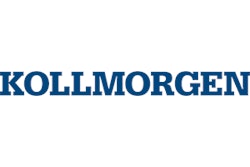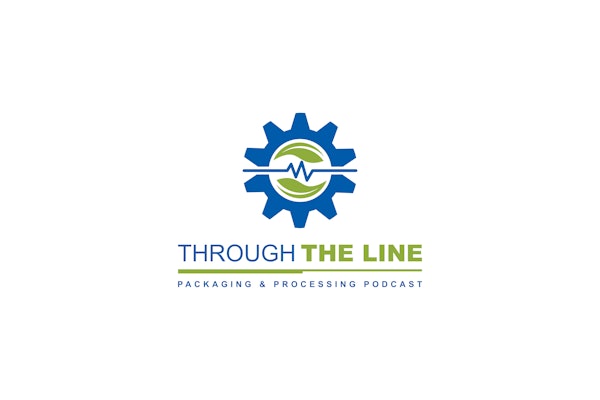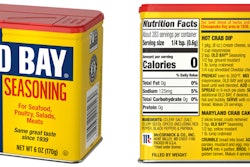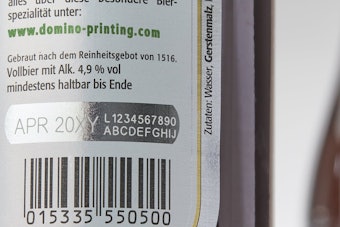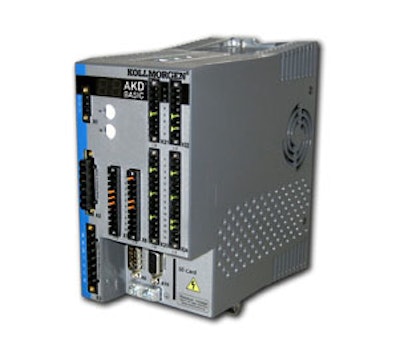
These additions complete the company's suite of high-performance and scalable motion solutions.
Each product in the AKD platform fits a specific need in the machine market. The result is a highly-optimized solution at COTS pricing. The flexibility of the AKD platform is also suitable for machine builders who are looking for a migration path from a traditional controller to a modern digital motion bus based system. The AKD platform supports both solutions and leverages the same configuration software to make the transition easier.
AKD Ethernet-based servo drives enable machine builders to standardize on a single drive family with a common Graphical User Interface (GUI) across the power range (up to 24 Arms continuous and 48 Arms peak). This results in optimized machine performance, throughput and accuracy across multiple applications, while minimizing engineering time and costs associated with stocking, understanding and programming multiple types of drives. These drives offer pug-and-play commissioning for instant and seamless access to everything in a machine.
AKD servo drives are available in a wide range of connectivity and control options including EtherCAT, EtherNet/IP, CANopen, Profinet as well as Analog, and pulse train command control options.
AKD PDMM combines a high-performance multi-axis motion controller, complete IEC61131-3 soft PLC, EtherCAT master, and AKD servo drive in a single, compact package. This enables OEMs to lower machine costs, reduce panel space by 50% or more and simplify wiring and integration, while increasing system flexibility, scalability, and motion performance. AKD PDMM is suitable for applications where precise synchronization of multiple axes of motion is vital, and can reduce the time required to commission complex systems from weeks or more to days or even hours.
AKD BASIC incorporates a programmable single-axis motion controller into the existing AKD drive footprint, enabling OEMs to build a more compact and cost-effective machine by eliminating the need for a separate PLC. The registration correction, camming, s-curve and free-form motion profile capabilities delivered by the integrated motion controller, combined with the simplicity of BASIC programming language and a built-in Program Editor with debugging tools, enables machine builders to reduce development time by up to 70% and to easily execute complex processes, faster than is possible with conventional servo drive-based options.



